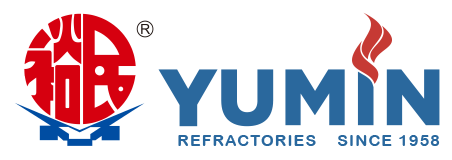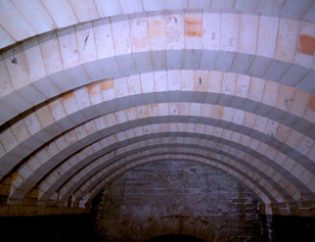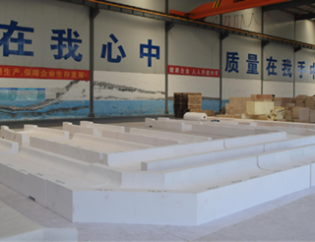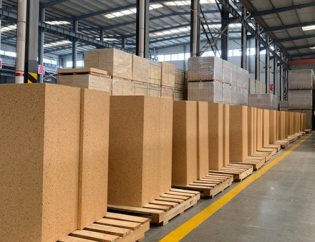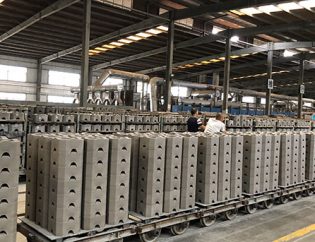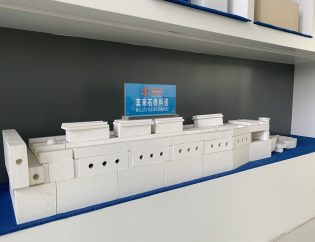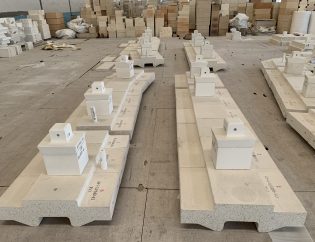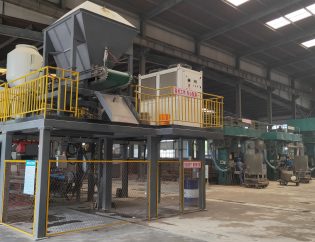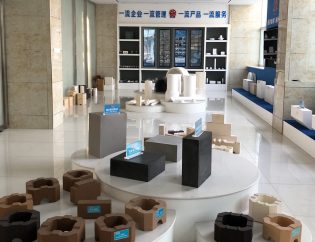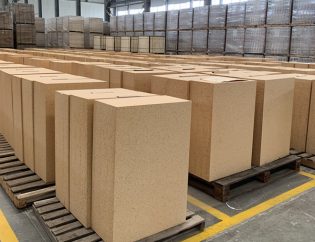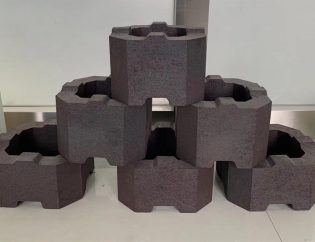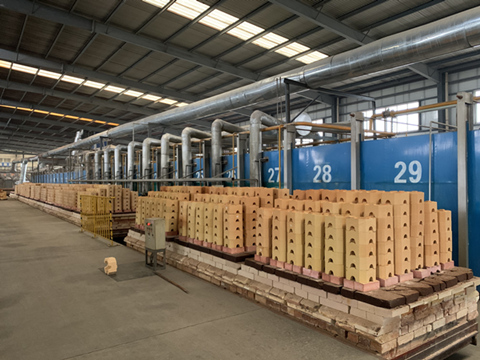
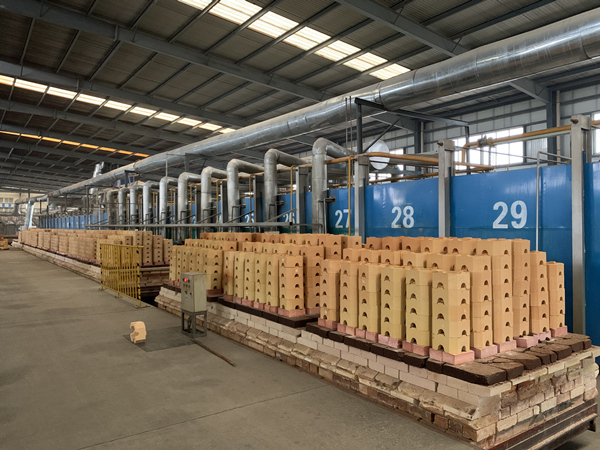
The mechanical properties of refractory materials refer to the strength of the material at different temperatures, elastic and plastic properties. This type of property characterizes the material’s ability to resist various deformations and stresses caused by external forces under different temperatures without breaking.
In application, refractory materials must bear the weight of the masonry, avoid damage during handling and transportation, resist mechanical impact and material abrasion, etc., and require high room temperature strength. The normal temperature strength of the product is not only closely related to the phase and structure of the refractory products, but also related to many manufacturing process factors (such as the particle composition of the ingredients, the molding method, and the firing temperature, etc.). Therefore, it can also be used as a technical index to judge whether the production process operation is stable and normal.
Cold Mechanical Properties of Refractories
1. Cold Crushing Strength
refers to the maximum pressure that a refractory material can withstand per unit area at room temperature. If this value is exceeded, the material will be destroyed. Expressed in kg/cm2. If A represents the total area of the sample under pressure, and P represents the ultimate pressure required to crush the sample, then:
Cold Crushing Strength = P/A, kg/cm2
2. Tension resistance, Rupture and Torsional strength
When refractory materials are used, in addition to compressive stress, they are also subjected to tensile stress, bending stress and shear stress. In order to evaluate the actual size of the tensile, flexural, and torsional strength of refractory materials, the values at the corresponding operating temperature must be determined.
The main influencing factor of the tensile strength and rupture strength of refractory products is its structure. The fine particle structure is good to improve these properties.
3. Wear resistance
The ability of refractory materials to resist the abrasion (grinding, friction, impact action) of hard materials or gases (such as those containing solid particles), in many cases also determines its service life.
The wear resistance of refractory materials not only depends on the density and strength of the refractory products but also depends on the mineral composition. The firmness of the combination of tissue structure and material particles. High cold crushing strength, low apparent porosity, compact and uniform structure, and well-sintered refractories always have good wear resistance.
Generally, the abrasion resistance of refractory materials will not be tested, and there is no uniformly prescribed standard measurement method.
High-temperature Mechanical Properties of Refractories
1. High-temperature Crushing Strength
is the ultimate pressure that a material can withstand per unit section at high temperatures. The unit is kg/cm2.
The high-temperature Crushing strength of refractory materials is shown in Figure 1-10. As the temperature rises, the strength of most refractory products increases, among which fireclay refractory and high-alumina refractory are particularly significant, reaching the maximum at 1000-1200°C.
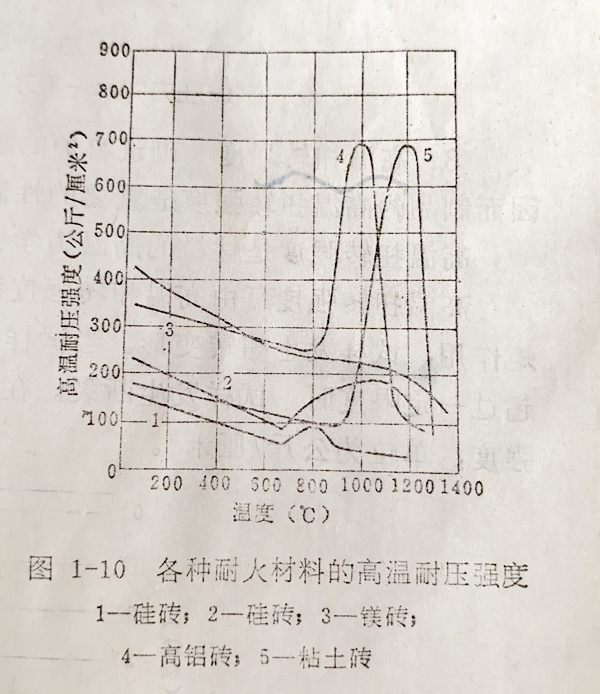
2. High-temperature Rupture Strength
refers to the ultimate bending stress that a material can withstand per unit section at high temperatures. It characterizes the ability of a material to resist bending moments at high temperatures.
The high-temperature rupture strength index of refractory materials mainly depends on the chemical mineral composition, organizational structure and production process of the products. The flux substance in the material and the firing temperature have a significant effect on the high-temperature rupture strength of the refractories.
3. High-temperature Torsional Strength
The refractory products of masonry kilns are subjected to complex shear stress during heating or cooling, so the high-temperature torsional strength of the products is an important technical index.
High-temperature torsional strength is one of the high-temperature mechanical properties of refractory materials, which characterizes the ability of the material to resist shear stress at high temperatures.
4. High temperature Creep Resistance
When a material is subjected to a certain constant load less than its ultimate strength at high temperatures, plastic deformation will occur. The amount of deformation will gradually increase with time and even damage the material. This phenomenon is called Creep. Therefore, for materials at high temperatures, the strength cannot be considered in isolation, but the temperature and time factors should be considered at the same time as the strength.
When designing high-temperature kilns, according to the load softening test and residual shrinkage rate of refractory materials, the high-temperature volume stability of refractory materials can be inferred to a certain extent, but the volume stability of products under long-term high-temperature load conditions is still unclear. Sufficient, so it is very necessary to check its high temperature creep properties and understand its deformation characteristics under high-temperature load for a long time.
The high temperature creep property of refractory materials refers to the relationship between the deformation and time of the material under the action of a constant high temperature and a certain load.
Here below are the factors affecting high-temperature creep in general:
1. Application conditions, such as temperature, load, time, etc.
2. Raw material, such as chemical composition (especially the content of low-melting trace components) and mineral composition (single-phase or multi-phase, especially the composition and quantity of the glass phase)
3. Microstructure (the difference in porosity, grain size, shape and distribution state).
If the raw material of refractories is determined, temperature, load and time are the main factors affecting creep. The influence of these factors on the creep rate varies with raw materials and service conditions.
